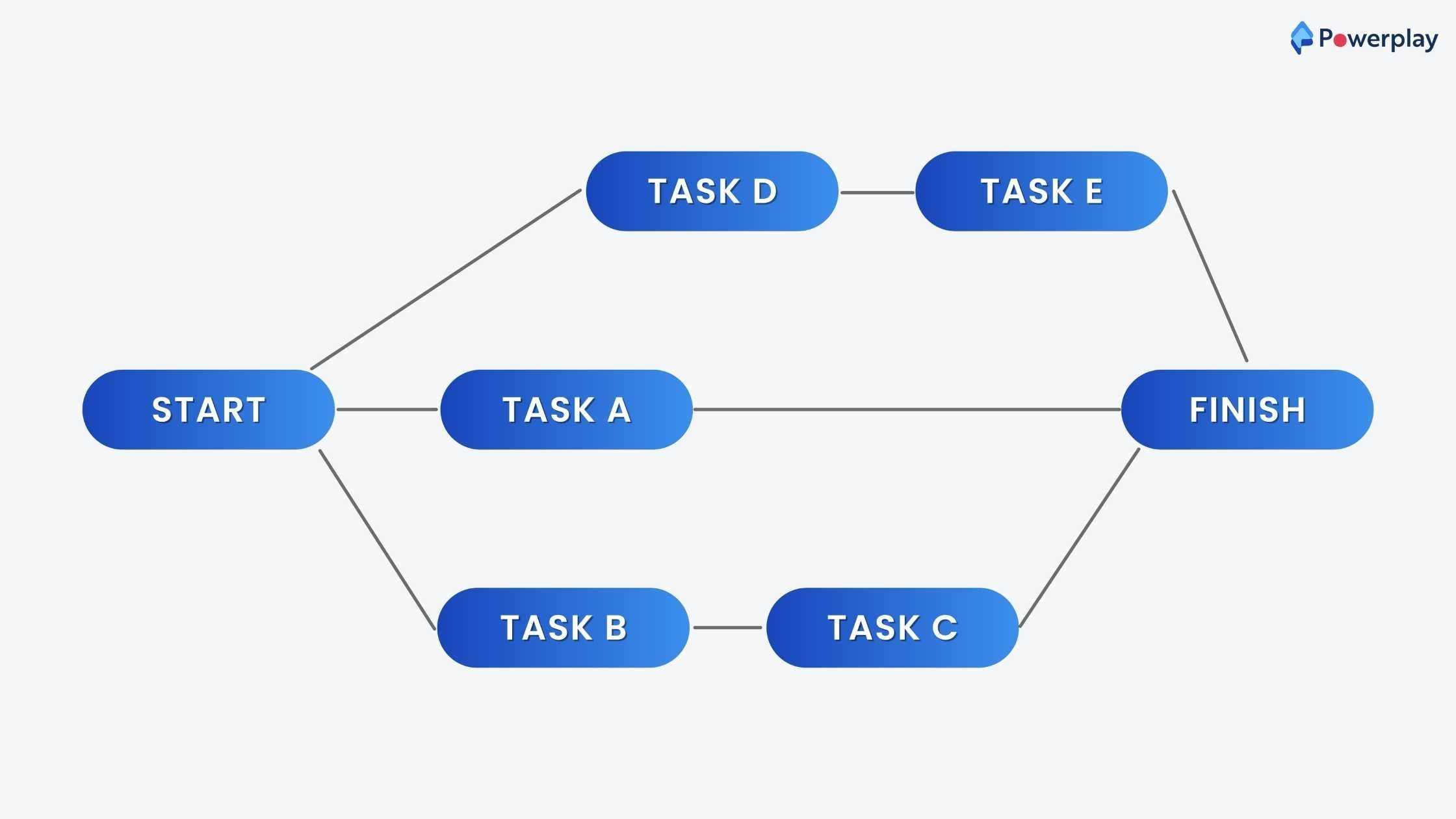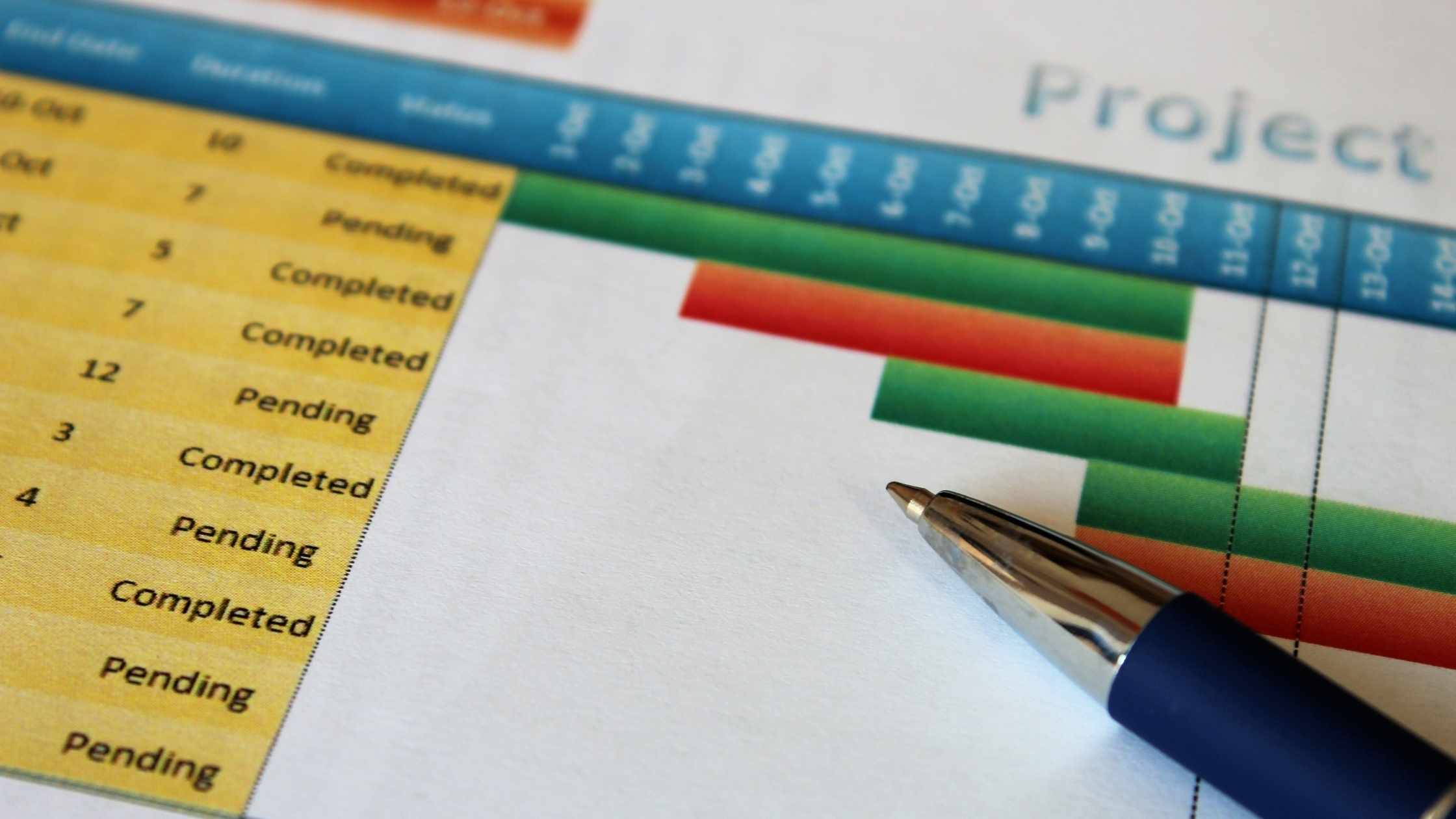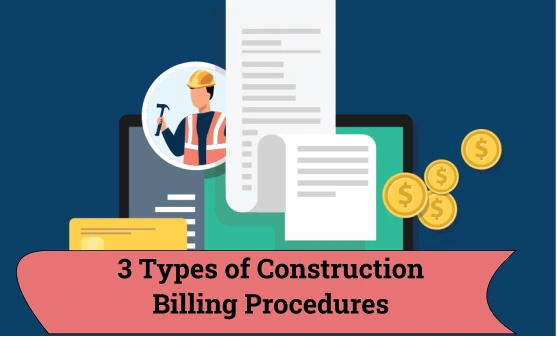How to maintain a critical path in construction?
Management of a construction project involves managing multiple tasks at once. Your construction efficiency will suffer if you don't have a well-organised workflow and organisation. You need to emphasise structure and clarity in your management.
The critical path is one of the best ways to organise and keep a construction project on track. It involves identifying and understanding the project's critical task milestones, which requires you to have a clear view of how long each task takes to plan your operations.
What is the Critical Path Method?
CPM (critical path method) is the most common technique for scheduling construction projects. Critical path scheduling is also known because it calculates the time required to complete a project and the start and end times of the various activities.

Many construction books and project managers refer to the critical path method in their work as the best and most practical scheduling technique. Many computer programs and algorithms are available for critical path scheduling that can efficiently and effectively manage projects with multiple activities.
In its old form, a project graph is the best way to illustrate the concept of the critical path method. Computer programs can also perform calculations without reference to a graph. The project graph visualises the interconnectedness of all jobs in a construction project.
You must also create a coding system to identify every construction job necessary to complete the project. This must include the time required for the job and any immediate prerequisite tasks. The graph shows each job as a circle, including all relevant data (dates and coding details).
Arrows connect the circles (jobs) to indicate the sequence relationships. The project network is represented by circles and arrows, which allows the critical path method to create a project network. Establish the basis for monitoring project schedule performance by comparing actual and planned project progress.
Ways to maintain a critical path in construction
How can you ensure that your construction projects stay on track? Let's look at some key considerations.
1. Identify each task or activity in your construction project
To specify the activities of your project, use the work breakdown structure. Don't forget to include the higher-level activities. You should start by identifying the key project deliverables. Then you can break down higher-level activities into smaller workpieces.

2. Organising task dependencies and sequence

As we have already mentioned, pre-existing relationships are on a critical pathway. This means that there are activities on the job site that can only start after others have been completed. These activities and their connections can be established by taking note of the following:
a. Identify the task that occurs before the next task begins.
b. Identify which tasks must be completed simultaneously with the task at hand.
c. Determine the next tasks to be performed after each task.
3. Prepare a Network Diagram
You have now identified all of your activities and their dependencies by following steps one and two.
Now you are ready to create your critical path analysis diagram, also known as the network diagram. The diagram or chart visually shows the order of your construction activities based on your established dependencies. There are many software and apps available that can create your critical path diagram.
4. Determine the time needed for each activity
Now is the time you need to get the assistance of a project manager so that you can accurately estimate the time it will take to complete each activity. You can use the 3-point estimation method if unsure about your estimates. This will help you to come up with a realistic timeframe.
5. Prepare a Critical path
Visually inspect your network diagram to determine the critical path. Simply look for the network's longest path (or a series of activities). It is important to note that you should not look for boxes or nodes but rather the longest path regarding the number of days.
A forward pass/backward pass process is another way to determine your critical activities. This involves using duration times, which allows you to identify the most recent and earliest start and end times for each activity.
Network sensitivity is required for multiple critical paths. The more critical paths in a project, the greater the chance of schedule changes. A project schedule will be considered sensitive if the critical path is expected to change after the project begins.
6. Track progress by updating the critical path diagram
As you work through your project and move from one activity to another, you'll see the completion times for each activity. It is important to update your network diagram with new information, not just your initial estimates. With more data and regular updates to your network diagram, you may be able to calculate a new critical path. This allows you to better track your progress (if you are on schedule) and gives you a realistic view of your completion date.






